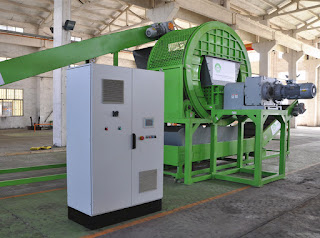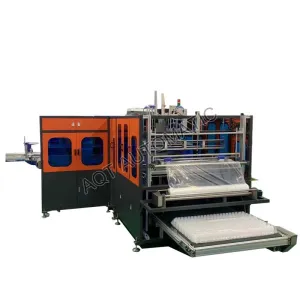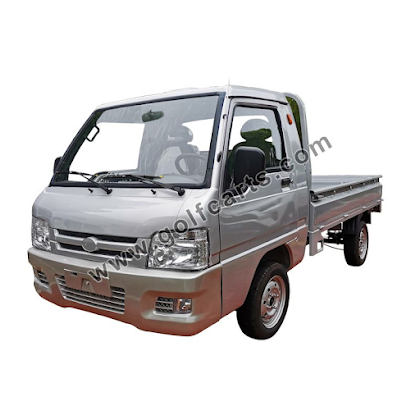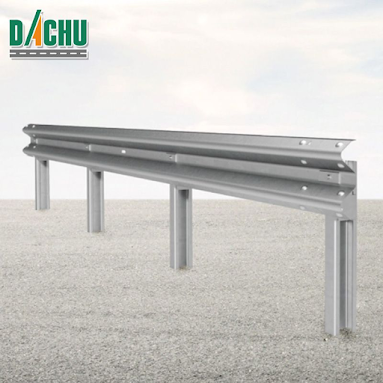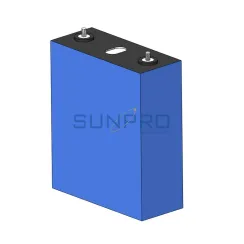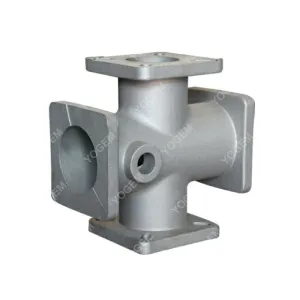Introduction:
In today's fast-paced world, waste management has become a critical challenge that demands innovative solutions. With the increasing volume of waste generated across industries, it is essential to find efficient and environmentally friendly methods for disposal. One such solution gaining prominence is the shaft shredder—a powerful machine designed to shred various materials into smaller, more manageable pieces. In this article, we will explore the versatility and benefits of shaft shredders in revolutionizing waste management.
Versatility in Material Handling:
Shaft shredders are known for their ability to handle a wide range of materials. Whether it's plastic, rubber, wood, metal, or even bulky items, shaft shredders can effectively reduce them to smaller, uniform particles. This versatility makes them ideal for diverse applications such as recycling facilities, municipal waste management, manufacturing plants, and more. By processing different materials, shaft shredders play a crucial role in transforming waste into valuable resources.
Efficient Shredding Mechanism:
At the heart of a shaft shredder lies its powerful shredding mechanism. Typically, these machines feature two or more counter-rotating shafts equipped with sharp blades. As the material passes through the shredder, the blades tear it apart, breaking it down into smaller fragments. The adjustable blade configuration allows operators to achieve the desired particle size, ensuring the efficient processing of various materials. This mechanism not only maximizes shredding efficiency but also reduces the risk of jamming, ensuring smooth operations.
Volume Reduction and Space Optimization:
One of the primary objectives of waste management is volume reduction.Optima Shaft shredders excel in this aspect by significantly reducing the size of materials. By transforming bulky waste into smaller particles, these machines enable efficient storage, transportation, and handling. Moreover, the reduced volume also optimizes space utilization, which is crucial, especially in facilities with limited space. The ability to compact waste facilitates better organization and cost-effective logistics, enhancing overall operational efficiency.
Environmental Benefits:
Shaft shredders contribute significantly to environmental sustainability. By shredding and processing waste materials, they pave the way for efficient recycling and resource recovery. The shredded particles can be further processed for recycling or used as alternative fuels, reducing the dependence on fossil fuels. Additionally, proper waste management prevents environmental pollution caused by untreated waste disposal. Shaft shredders offer an eco-friendly solution that minimizes the carbon footprint, promoting a greener and more sustainable future.
Enhanced Safety Features:
Operating heavy machinery involves certain risks, but Mobile shaft shredders incorporate safety features to mitigate potential hazards. Advanced models are equipped with safety sensors and automatic shutdown mechanisms, which activate in case of overloading or unusual vibrations. Furthermore, robust safety guards and interlocking systems ensure that operators are protected from accidental contact with the shredding blades. These safety measures prioritize the well-being of workers and minimize the likelihood of accidents, making shaft shredders a reliable choice for waste management operations.
Conclusion:
Shaft shredders have emerged as a versatile and indispensable tool in the field of waste management. Their ability to handle diverse materials, efficient shredding mechanisms, volume reduction capabilities, environmental benefits, and enhanced safety features make them an invaluable asset in various industries. By harnessing the power of shaft shredders, waste management practices can be revolutionized, leading to more sustainable and efficient processes. As the world continues to focus on sustainable development, shaft shredders are set to play a crucial role in shaping a cleaner and greener future.
